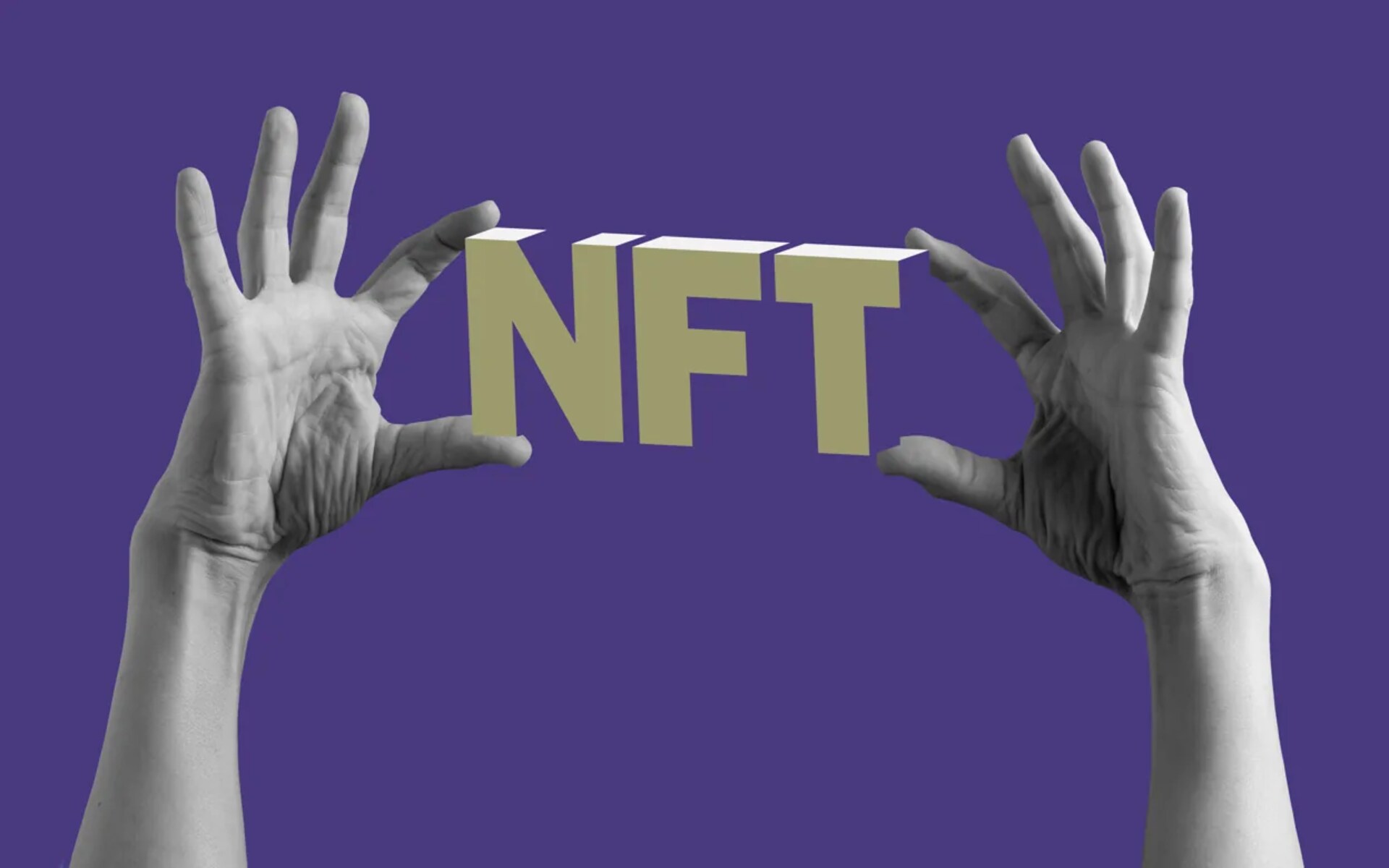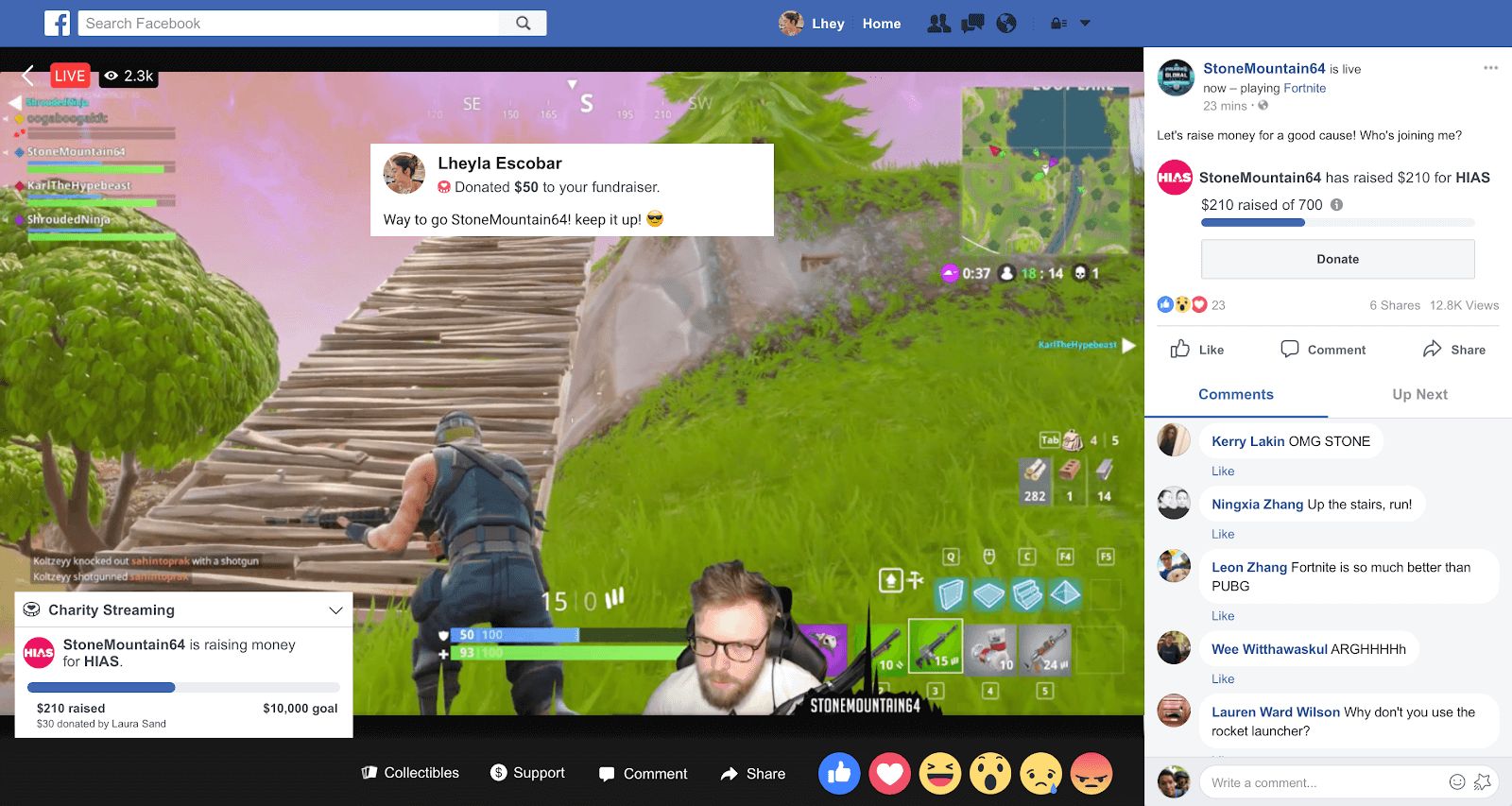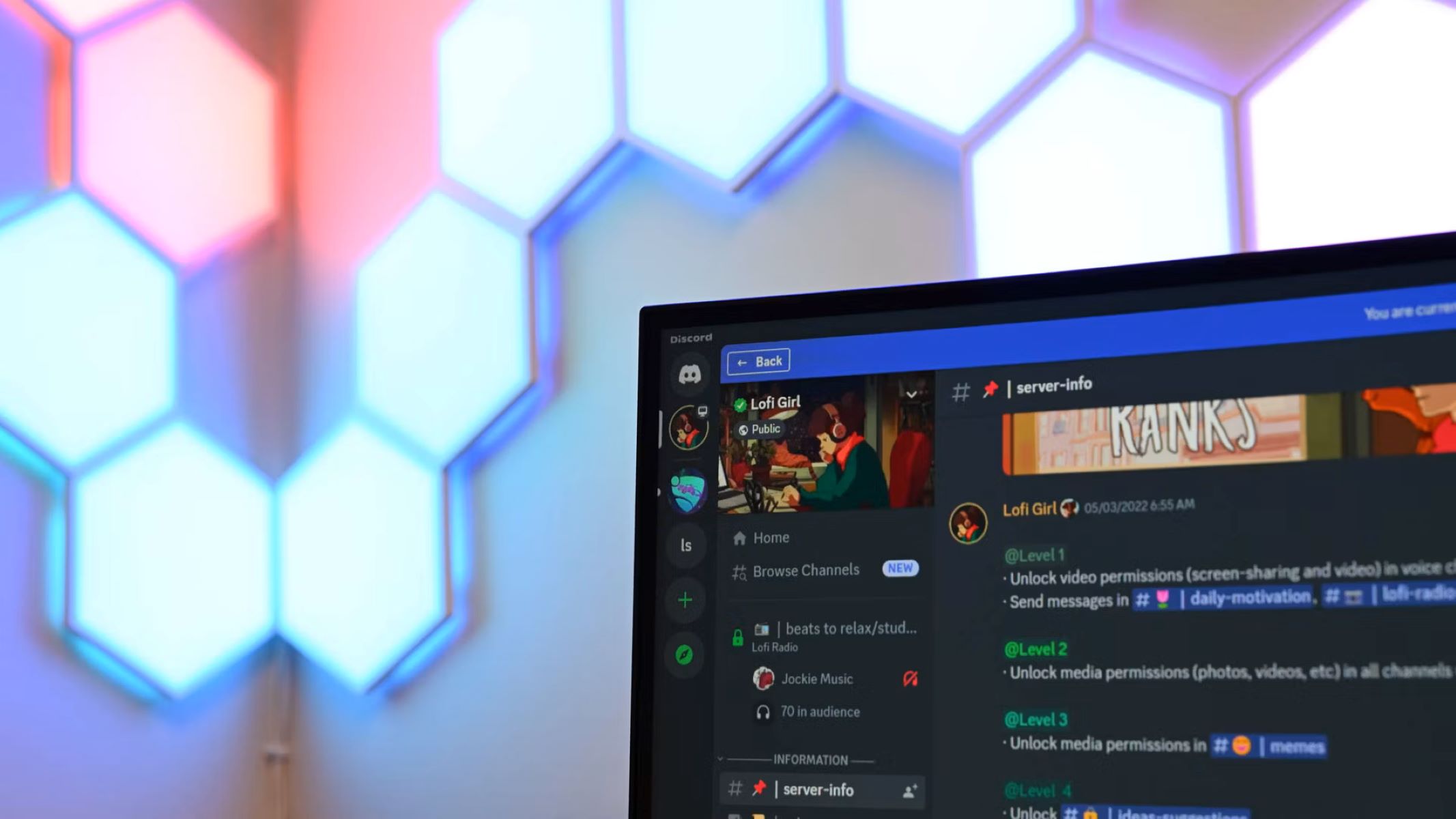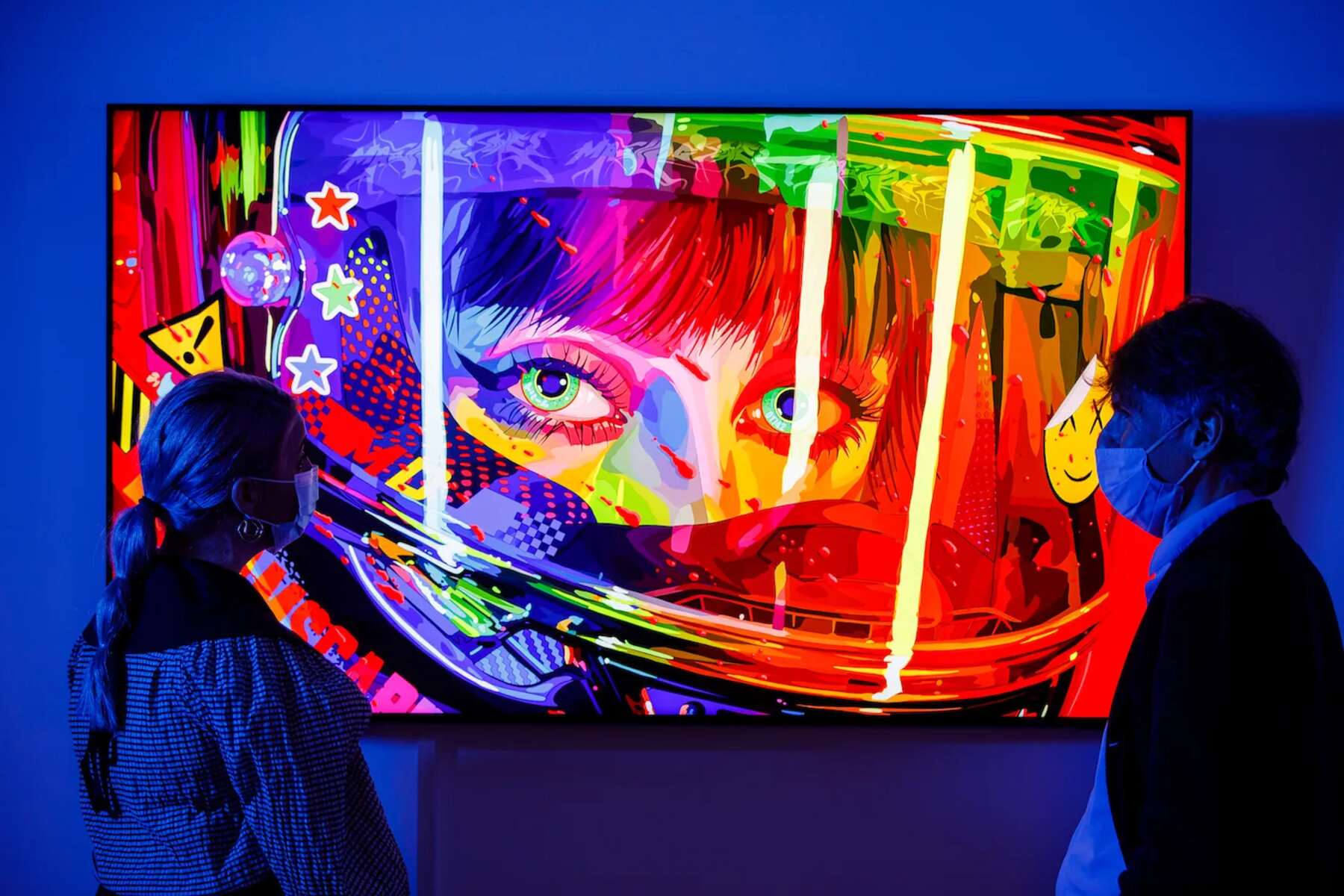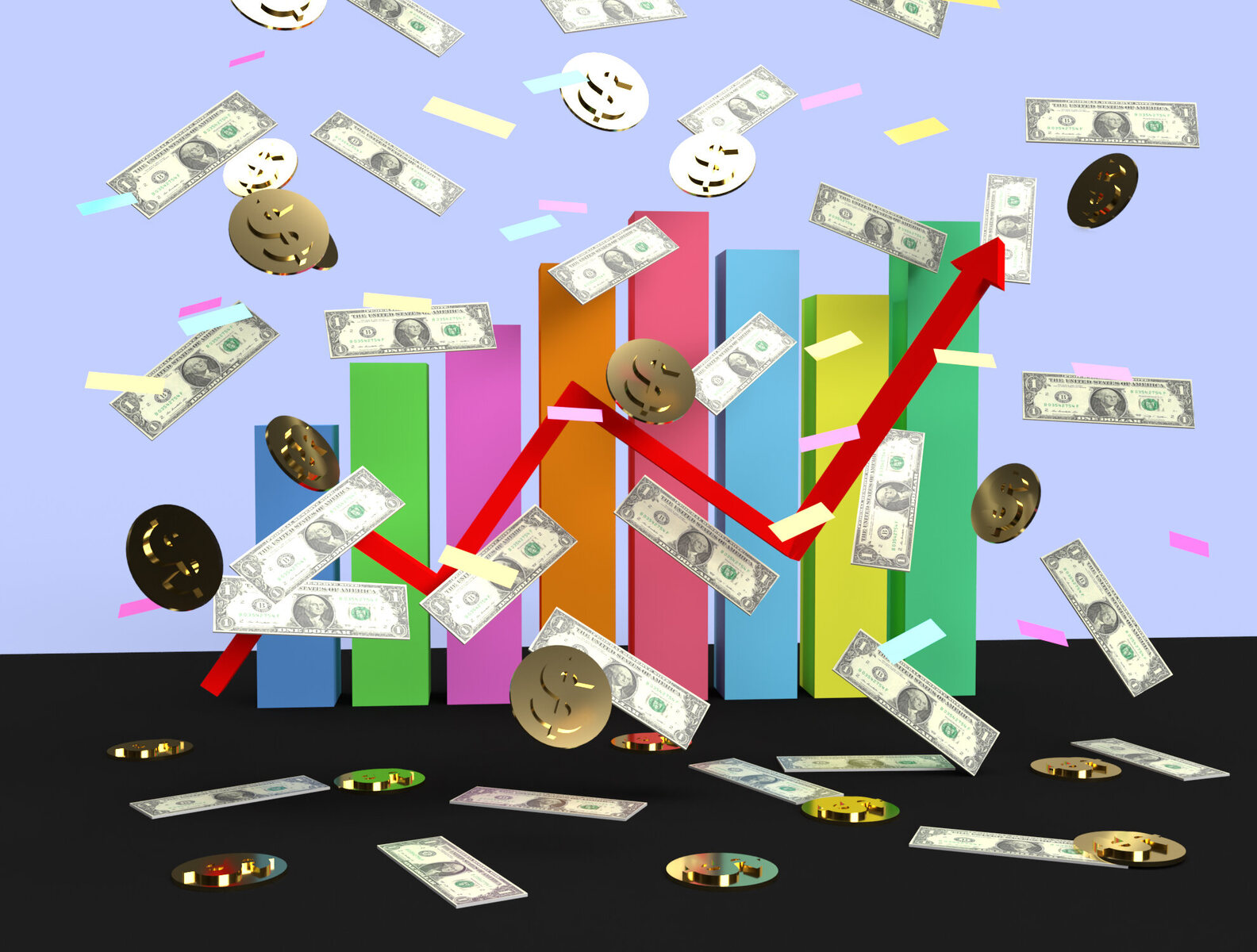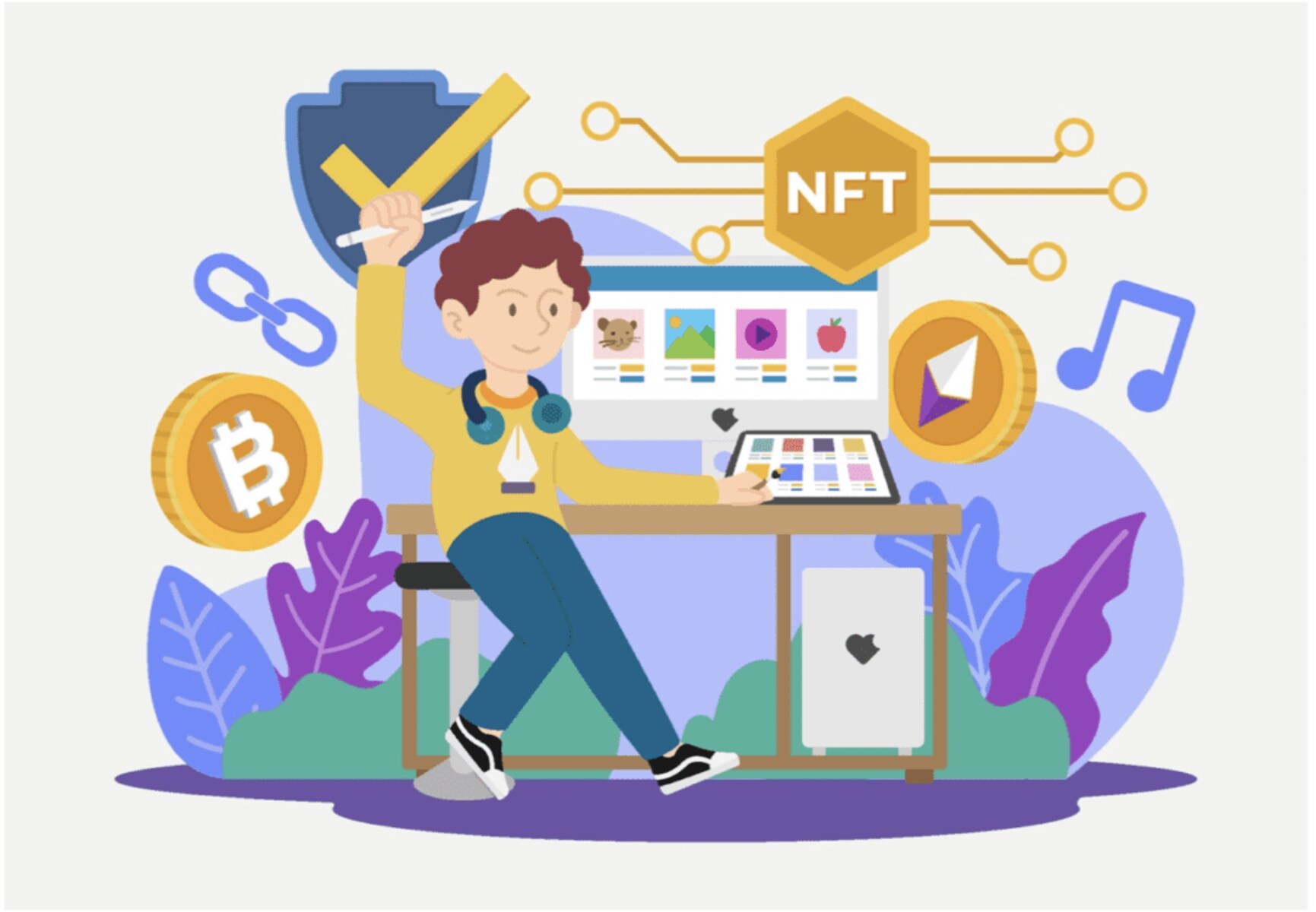Introduction
In the ever-evolving landscape of the digital world, new terms and concepts emerge regularly. One such term that has gained significant attention recently is “NFT.” But what exactly does NFT stand for? In the world of slang, NFT refers to “Not For Trade” or “Not For Sale.” However, in a broader context, NFT stands for “Non-Fungible Token.”
The concept of NFTs has taken the internet by storm, sparking intrigue, curiosity, and controversy all at once. From digital artwork and collectibles to virtual real estate and even tweets, NFTs have opened up a whole new realm of possibilities in the digital space. But what are NFTs, and how do they work?
In simple terms, an NFT is a unique digital asset that is stored on the blockchain, a decentralized digital ledger. Unlike cryptocurrencies like Bitcoin or Ethereum, which are fungible and can be exchanged on a one-to-one basis, NFTs are indivisible and cannot be exchanged on an equal basis. Each NFT has its own distinct value and characteristics, making it one-of-a-kind.
To better understand NFTs, it’s important to delve into their origin and background to grasp the magnitude of their impact on the digital world.
Definition of NFT
Non-Fungible Tokens, abbreviated as NFTs, have become a buzzword in recent years. At their core, NFTs are unique digital assets that are stored on a blockchain. Unlike cryptocurrencies such as Bitcoin or Ethereum, which are fungible and can be exchanged on a one-to-one basis, NFTs are non-fungible, meaning that each token is distinctive and cannot be interchanged with another.
Think of NFTs as the digital counterpart of a physical item like a painting or a collectible. Just as a physical painting possesses certain attributes, such as the artist’s signature, scarcity, and provenance, NFTs encapsulate similar characteristics in the digital realm. These attributes make each NFT one-of-a-kind and irreplaceable.
One of the defining features of NFTs is their ownership and authenticity. By leveraging blockchain technology, NFTs enable verifiable ownership and provenance of digital assets. Every transaction and ownership transfer of an NFT is recorded on the blockchain, providing a transparent and immutable history of its ownership.
While NFTs have gained significant popularity in the art world, they are not limited to visual artwork. NFTs can represent a wide range of digital assets, including music, videos, virtual real estate, in-game items, and even tweets. The versatility of NFTs allows creators to monetize their digital creations and provides collectors with the opportunity to own unique and exclusive digital assets.
So, how do NFTs actually work? NFTs are typically created, bought, and sold on blockchain-based platforms and marketplaces. Artists and creators mint their digital assets as NFTs, assigning a unique identifier and metadata to them. When an NFT is purchased, the ownership of the digital asset is transferred to the buyer, and the transaction is recorded on the blockchain.
It’s important to note that the value of an NFT is subjective and determined by various factors, including the reputation and popularity of the creator, the scarcity of the asset, and the demand within the market. The growing interest in NFTs has led to skyrocketing prices for some digital artworks and collectibles, making headlines worldwide.
In summary, NFTs are non-fungible tokens that enable the ownership and provenance of unique digital assets. They have revolutionized the way we perceive and trade digital creations, offering new opportunities for artists, collectors, and enthusiasts alike.
Origin and Background of NFTs
The concept of NFTs can be traced back to the early 2010s, with the development of the blockchain technology that underpins cryptocurrencies like Bitcoin. However, it wasn’t until more recently that NFTs gained widespread attention and adoption.
In 2017, a project called CryptoKitties debuted on the Ethereum blockchain and quickly became a sensation. CryptoKitties allowed users to breed, collect, and trade unique virtual cats, each represented as an NFT. The game’s popularity highlighted the potential of NFTs and their applications beyond the realm of cryptocurrencies.
Since then, the world of NFTs has expanded significantly, with artists, musicians, and entrepreneurs recognizing the value and opportunity presented by this unique form of digital ownership. NFTs have opened doors for creators to monetize their digital artwork and creations directly, without the need for intermediaries.
The growth of NFTs has been fueled by the emergence of blockchain-based marketplaces and platforms dedicated to the buying, selling, and trading of NFTs. These platforms provide a seamless experience for creators and collectors, while also facilitating the transparency and security of NFT transactions through the use of blockchain technology.
Notably, in March 2021, a digital artwork by the artist Beeple titled “Everydays: The First 5000 Days” was sold at a record-breaking price of $69.3 million, making it the most expensive NFT artwork ever sold. This high-profile sale catapulted NFTs into the mainstream and sparked a frenzy of interest and investment in the digital art space.
While NFTs have garnered immense popularity and financial success, they have also raised questions and concerns. Critics argue that the NFT market is fueled by speculation and hype, with inflated prices and potential environmental concerns related to the energy consumption of blockchain networks.
Nonetheless, the impact of NFTs cannot be denied. They have disrupted traditional notions of ownership and provided a means for digital creators to be fairly compensated for their work. With more artists, musicians, and content creators embracing NFTs, the future of this digital phenomenon is both exciting and ripe with possibilities.
How NFTs Are Used
NFTs have revolutionized the digital landscape by offering a myriad of use cases across various industries. Let’s explore some of the key ways in which NFTs are being used:
Art and Collectibles
NFTs have made a significant impact on the art world by providing a digital medium for artists to create, sell, and distribute their work. Artists can tokenize their digital artwork as NFTs, allowing collectors to own unique, verifiable, and tradable digital assets. This has opened up new avenues for artists to monetize their creations directly, without the need for intermediaries.
Gaming and Virtual Assets
NFTs have found a natural fit within the gaming industry, where they are used to represent in-game items, characters, and virtual real estate. Gamers can purchase, trade, and sell NFT-based assets, giving them true ownership and the ability to transfer digital goods across different gaming platforms.
Music and Entertainment
NFTs are also making waves in the music industry, allowing musicians to create and sell unique digital experiences, such as exclusive music tracks, concert tickets, and backstage passes. NFTs enable artists to directly engage with their fans and provide them with memorable and personalized experiences.
Sports and Memorabilia
NFTs have disrupted the sports memorabilia market by digitizing collectibles such as trading cards, autographed merchandise, and game-used equipment. These digital collectibles provide an added layer of authenticity and scarcity, making them highly sought after by sports fans and collectors.
Virtual Land and Metaverses
Virtual real estate and metaverses have gained traction with the rise of NFTs. Virtual land within these digital environments can be bought and sold as NFTs, allowing users to create, develop, and monetize virtual properties. This opens up opportunities for virtual businesses, events, and social interactions within metaverse communities.
These examples are just the tip of the iceberg when it comes to the applications of NFTs. As the technology continues to evolve and gain widespread adoption, we can expect to see even more innovative and creative uses for NFTs across various industries.
Key Features of NFTs
NFTs possess several unique features that set them apart from other digital assets. Understanding these key features is crucial to grasp the significance and value of NFTs. Let’s explore some of the key features of NFTs:
Indivisibility
Unlike cryptocurrencies, which are divisible into smaller units, NFTs are indivisible. Each NFT is a unique and whole entity that cannot be broken down into smaller units. This indivisibility is essential in establishing the rarity and uniqueness of the digital asset.
Ownership and Authenticity
NFTs leverage blockchain technology to establish verifiable ownership and authenticity of digital assets. Each transaction and ownership transfer of an NFT is immutably recorded on the blockchain, ensuring transparency and proof of ownership.
Scarcity
Scarcity is a vital component of NFTs’ value proposition. NFTs can be created with limited supply, making them scarce and desirable. The scarcity factor contributes to the uniqueness and exclusivity of NFTs, driving up their value in the market.
Metadata and Proof of Originality
Each NFT comes with embedded metadata that provides additional information about the digital asset, such as the creator, creation date, and description. This metadata serves as proof of originality and adds context and value to the NFT.
Royalties and Secondary Market Sales
One of the notable features of NFTs is the ability for creators to earn royalties on secondary market sales. Whenever an NFT is resold in the future, a percentage of the sale price can be automatically directed back to the original creator, providing ongoing revenue streams.
Interoperability
NFTs can be used across different platforms and marketplaces. This interoperability allows for seamless trading and transfer of NFTs, as well as the possibility of integrating NFTs with other digital experiences or applications.
These key features make NFTs highly attractive to artists, collectors, and enthusiasts, providing new opportunities for creative expression, ownership, and monetization in the digital realm.
Advantages and Disadvantages of NFTs
As with any emerging technology, NFTs come with their own set of advantages and disadvantages. Understanding these pros and cons can help individuals make informed decisions about their involvement with NFTs. Let’s explore some of the advantages and disadvantages of NFTs:
Advantages
Ownership and Authenticity
NFTs provide verifiable ownership and authenticity of digital assets through the use of blockchain technology. This gives creators and collectors confidence in owning unique and original digital creations.
New Revenue Streams for Artists
NFTs enable artists to directly monetize their digital artwork and creations without relying solely on traditional intermediaries. Artists can earn revenue through initial sales and also benefit from royalties on secondary market sales.
Increased Exposure for Artists
NFTs have opened up a global marketplace for artists, allowing them to reach a broader audience and gain exposure for their work. This exposure can lead to new opportunities and collaborations within the digital art community.
Digital Ownership and Portability
NFTs allow for true ownership of digital assets. The ownership information is stored on the blockchain, giving individuals the ability to transfer their NFTs across different platforms or wallets, ensuring portability and flexibility.
Disadvantages
Environmental Impact
The creation and trading of NFTs can have a significant environmental impact due to the energy consumption associated with blockchain networks. The carbon footprint of NFTs has raised concerns regarding their sustainability.
Market Volatility and Speculation
The NFT market can be highly volatile and speculative, with prices of digital assets experiencing rapid fluctuations. This volatility can pose risks for both creators and collectors, as the value of NFTs can be unpredictable.
Lack of Regulation
Currently, the NFT market is largely unregulated, which means there is a potential for scams and fraudulent activities. It is essential for participants to exercise caution and conduct thorough research before engaging in NFT transactions.
Exclusion and Accessibility
Despite the opportunities NFTs offer, not everyone has equal access to the technology or the financial means to participate in the NFT market. This can result in exclusion and limited opportunities for certain artists or collectors.
It is crucial for individuals to weigh these advantages and disadvantages when considering their involvement in the NFT space. As the technology and market continue to evolve, it is important to stay informed and make well-informed decisions.
Popular NFT Platforms and Marketplaces
The growing popularity of NFTs has led to the emergence of various platforms and marketplaces dedicated to buying, selling, and trading these unique digital assets. Let’s explore some of the most popular NFT platforms:
OpenSea
OpenSea is one of the largest and most well-known NFT marketplaces. It offers a wide range of digital assets, including art, collectibles, virtual real estate, and more. OpenSea allows users to create, buy, and sell NFTs easily, making it accessible for both creators and collectors.
Rarible
Rarible is a decentralized marketplace that enables creators to mint and sell their NFTs without the need for approval. It boasts a user-friendly interface and supports various digital assets, allowing artists to showcase and monetize their work directly.
SuperRare
SuperRare specializes in digital art NFTs, showcasing unique and limited-edition artworks from talented artists. The platform focuses on high-quality, curated content and provides artists with a platform to showcase and sell their digital creations to collectors.
Nifty Gateway
Nifty Gateway is a user-friendly platform that focuses on making NFTs accessible to a wider audience. It offers a range of digital art, collectibles, and virtual items, partnering with popular artists and brands to bring unique and exclusive content to collectors.
Foundation
Foundation is an invite-only NFT marketplace that focuses on supporting creators in various creative disciplines, including visual art, digital design, and music. The platform aims to bring together a community of innovative artists and collectors.
KnownOrigin
KnownOrigin is a gallery-style NFT platform that champions digital artists and their work. It highlights unique and exclusive digital art pieces, offering collectors the opportunity to own original and rare creations.
These are just a few examples of the prominent NFT platforms and marketplaces available. It’s important to note that the NFT landscape is continuously evolving, with new platforms and marketplaces entering the market regularly. As you explore the NFT space, it’s important to conduct thorough research and choose platforms that align with your interests and goals.
Commonly Used NFT Terminology
Like any specialized field, the world of NFTs comes with its own unique terminology. Familiarizing yourself with these commonly used terms and definitions will help you navigate the NFT space more confidently. Here are a few essential NFT terms:
Minting
Minting refers to the process of creating and issuing an NFT. Artists or creators “mint” their digital assets by registering them on a blockchain network, assigning them a unique identifier and metadata.
Gas Fees
Gas fees are transaction fees paid in cryptocurrency, typically Ethereum, to process and validate NFT transactions on the blockchain. Gas fees can vary based on network congestion and the complexity of the transaction.
Marketplace
A marketplace is a platform or website where NFTs are bought, sold, and traded. These platforms provide a space for creators to showcase their NFTs and for collectors to browse and purchase digital assets.
Wallet
A wallet is a digital application or service where users can securely store, manage, and transfer their NFTs and cryptocurrencies. Wallets provide a way to interact with blockchain networks and participate in NFT transactions.
Royalties
Royalties are a percentage of the proceeds from secondary sales of an NFT that are paid to the original creator. This feature allows artists to continue to earn income from the future resale of their NFTs in the secondary market.
ERC-721 and ERC-1155
ERC-721 and ERC-1155 are standards for NFTs on the Ethereum blockchain. ERC-721 is the original standard for non-fungible tokens, while ERC-1155 is a newer standard that allows for the creation of both fungible and non-fungible tokens.
Proof of Authenticity
Proof of authenticity is the verification process that establishes the unique origin and history of an NFT. It provides evidence that an NFT is an original work created by a particular artist and ensures transparency and trust within the NFT ecosystem.
Metadata
Metadata refers to additional information attached to an NFT, such as the title, description, artist name, and other relevant details. Metadata enhances the understanding and value of an NFT, providing context and background information for collectors.
These are just a few of the many NFT terms you may come across in the NFT space. Familiarizing yourself with these terms will help you navigate conversations and transactions related to NFTs with greater ease and confidence.
Conclusion
The rise of NFTs has brought about a paradigm shift in the digital world. Non-Fungible Tokens have reshaped the way we perceive and trade digital assets, offering new opportunities for artists, collectors, and enthusiasts.
As we explored, NFTs are unique digital assets that leverage blockchain technology for ownership, authenticity, and provenance. They have opened up a whole new realm of possibilities in art, gaming, music, sports, and more. NFTs enable artists to directly monetize their work, providing them with new revenue streams and increased exposure. Meanwhile, collectors can own and trade one-of-a-kind digital assets with verifiable ownership and scarcity.
However, it’s important to acknowledge the potential drawbacks of NFTs. The volatility of the market, environmental concerns, lack of regulation, and accessibility issues raise important questions that need to be addressed as the NFT space continues to evolve.
Despite the challenges, NFTs hold immense potential for creators and collectors alike. They offer a unique way to appreciate and exchange digital creations, empowering artists and redefining the traditional notions of ownership in the digital age.
As the world of NFTs expands and matures, it will be crucial for individuals to stay informed and make well-informed decisions. By embracing the opportunities and understanding the complexities of NFTs, we can truly tap into the transformative power of this digital phenomenon.







